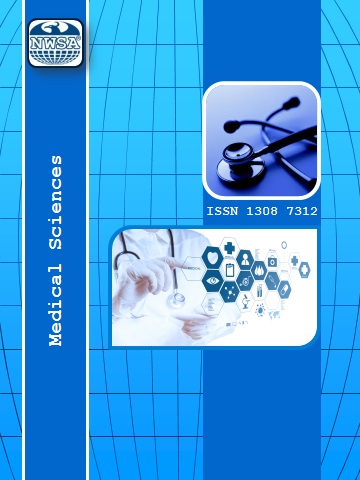ELECTROPHORESIS APPLICATIONS USED IN MEDICINE
Özlem COŞKUN1
,
Özlem ÖZTOPUZ2
Clinical analysis distinguishing between the characteristics of healthy and pathological conditions, the researcher to solve the mystery of the disease and to provide the treatment of the disease in a short time is very important to save human life. Electrophoresis routine biochemistry, hematology, or urinalysis is one of the basic diagnostic methods commonly used in the world to obtain vitally important information. Nonspecific changes in electrophoretic patterns are associated with patient clinical data electrophoresis, it is very valuable in determining the diseases which cannot be detected by routine diagnostic studies. Many diseases such as liver, renal pathological disorders, inflammation, proteinemia, multiple myeloma, and macroglobulinemia can be diagnosed by electrophoresis. Recent developments in electrophoresis technology will be the miniaturization and portability of systems. With the development of technology, it is possible to perform electrophoresis with programming that enables automatic execution of computerized robotic and electrophoresis protocols. Large research is carried out to improve the systems used by different working groups, especially the automatic electrophoresis system. The methods explored and developed are mainly aimed at increasing the efficiency, reproducibility and accuracy of the separation process. The aim of this review is to emphasize the general features of electrophoresis method, clinical diagnostic applications and future potential.
Keywords
Electrophoresis,
Electrophoresis in Diagnosis,
Clinical Applications,
Clinical Analysis,
Electrophoresis Types,
 +90(535) 849 84 68
+90(535) 849 84 68 nwsa.akademi@hotmail.com
nwsa.akademi@hotmail.com Fırat Akademi Samsun-Türkiye
Fırat Akademi Samsun-Türkiye
